Most target shooter's season's are coming to an end, including that of Darrin Christenberry's with the conclusion of IBO World's - but that doesn't mean arrows stop flying. He, like many others, have tags to fill. So how does he transition from one season to the next? Here are some great tips from the man himself.
***
Once August arrives and September approaches, it brings a bittersweet time of year. Tournament archery season is coming to an end. In a blink of an eye, tournament season is here and gone. The good news is that archery hunting season is here - at least for most of us in North America. Although I love to get in a tree stand and chase big whitetails, I will be waiting on the first indoor tournament to arrive, so I can do it all over again! The break from 8 or 9 months of traveling is much-needed, but this is also a time to prepare my equipment for the upcoming season that will be here before we know it.
The IBO World Championship always marks the end to my tournament season. I normally come home and just drop everything where it needs to be and take a vacation from shooting. Knowing how fast time goes by, I have to start putting the finishing touches on my hunting rig to make sure it is perfect when I hit the woods. Bowhunting is what led me to the tournament side of archery and I am very passionate about it. That shooting vacation doesn’t last long because I just enjoy shooting arrows.
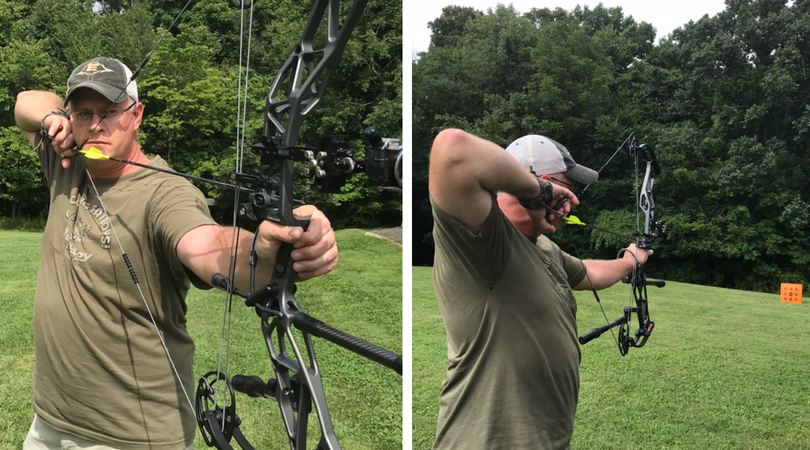
When I am finalizing my hunting set up, there are a few things that I make sure not to overlook. I take just as much time shooting & tuning my hunting bow because my accuracy in the field it just as important to me as being accurate in a tournament. If I get the chance at a buck of a lifetime, I want to make sure that I have the confidence in my set up to do the job.
Arrows – Make sure all of your arrows match! If any of you don’t know what the numbers mean on an arrow, they are very important. They indicate what the “spine” or stiffness of the arrow is. If you are shooting arrows that have mixed spines, there is NO way you can see your potential in arrow flight, tuning & accuracy. Make sure that your points match and make sure the arrows are all the same length too! If you plan on shooting 100 grain broad heads, make sure you are practicing with 100 grain field points. Use a spin tester to check the straightness of each arrow and how your broad heads are spinning. If there is any wobble, at all in a certain arrow, cull those out and only use arrows that you consider to be perfect.
Broadheads – ALWAYS test your broad heads before you get in a hunting situation. Most mechanicals, like the SlickTrick RaptorTrick, will fly close to what your field points do but several fixed blade heads do not hit in the exact hole with your field points. If you shoot a mechanical, some of them come with a practice head so you don’t have to worry about sacrificing a sharp head to practice with. If the mechanical that you chose doesn’t come with a practice point, try to use some black tape to tape the blades shut. This will keep the blades from opening in the target and dulling them. Tape will add a “few” grains of weight but probably not enough to make a noticeable difference. You can also use a small piece of wire, like a bread tie to tie the blades shut and protect those sharp blades. If you are using fixed heads, again, some of them come with practice heads and that is great - MAKE SURE that you compare the flight at all distances you could potentially be shooting at, to make sure the broad heads impact the same as your field points!
Arrow Rest – There are dozens of choices when it comes to arrow rests. I feel like the majority of bowhunters use some sort of fall-away rest. I personally use a fall-away and love the fact that I can achieve perfect fletching clearance when my arrows leave my bow. One thing that I pay close attention to is making sure I have covered the shelf of my bow and my launcher of the rest with provided mole skin or some sort of soft cloth material to limit the amount of noise possible. If you get to full draw on an animal and for some reason have to let your bow down, it is tough to keep the arrow from banging around in or on your rest. If you use the mole skin or cloth, it will greatly reduce potential noise makers. I try to wait as long as I can (a week or so before season) to apply the material to the launcher of the rest. If you shoot as much as I do, you can wear through some materials from the friction of the arrow riding in and out on the launcher. The thickness of the material will raise your arrow just a touch and it could make you hit a hair higher than you have been. One quick adjustment of your rest or sight will solve this with no issues.
Peep Sight – The peep sight is a crucial part of your bow set up. Make sure you have a peep sight that is perfectly aligned in your bow string, so it is perfectly square to your target and allows you to see in ALL lighting conditions. I find myself practicing in the best conditions of each day and sometimes forget that hunting shots can happen right after sun rise or right before sunset. Make sure that you have enough light passing through your peep that you can see well enough to make a shot in less than perfect lighting conditions.
Hunting Sight – Again, there are dozens of options when it comes to hunting sights. You pay for convenience on hunting sights and convenience meaning, “ease of adjustment.” It’s not uncommon for me to make adjustments several days in a row when I am practicing. Having a sight that adjusts with ease can make this much easier. It is also nice to have all of the “axis” adjustments on a higher end sight so I can make sure everything is perfect even on steep up and down hill shots. If you have a sight with really bright pins, you might be able to get away with a smaller hole in your peep, but your pins only get really bright with the help of a light, take that into consideration when you are finalizing your set up. Some states may not allow the use of lighted sight so make sure you check the regulations for the state you are hunting in.
Release Aid – It’s not a bad idea to have two identical releases for hunting - and practice with the release you plan on hunting with. Don’t buy a new one the day before season and expect it to perform the same as way as what you have been shooting. I used to use a hand-held thumb trigger release to hunt with and it worked perfect but it didn’t have any sort of strap to keep it attached to my wrist and I learned from experience that it was a good idea to put a second one in my pack just in case I drop it and it bangs against my stand and then falls to the ground. If you hunt from a “climbing tree stand” getting up and down, retrieving a release can be a time-consuming task.
Practicing – Practice in the clothes that you will be hunting in, because if you practice in your shorts and T-shirt all summer and the first time you take a shot with all of your hunting clothes on your bow feels like it is someone else’s bow, it is hard to be comfortable and confident. You may want to practice shooting your release with gloves on to see if it possible and how it affects your accuracy. You will want to shoot with your jacket or coat on to make sure your bowstring doesn’t slam against your forearm when the bow fires. Some hunting jackets have an arm guard built into the arm to help with this issue.
Strings & Cables – Check your strings & cables way in advance of opening week! Shops are slammed that time of year and they may not be able to get you fixed in time. Look for frayed & broken strands and look for serving separation as well. If your servings are separating, that can mean that your strings or cables have stretched. This can affect you point of impact and the performance of your bow. You can use string wax to revitalize a string or a cable and this might do the trick. If you have serving separation and you haven’t changed your set in that past couple of years, it is probably time for some new ones, especially if you practice a lot.
Here's my current hunt setup:
- Bow: Elite Ritual, with Elite QAD & Wrist Sling, Winner's Choice Strings
- Release: Scott Archery Longhorn Hunter
- Sight & Stabilizer: Custom Bow Equipment TORX Hunt Kit w/ TEK Hybrid Pro
- Broadhead/Arrow: Easton Deep Six FMJ w/ Solid Broadheads Legend Series 100 Deep 6
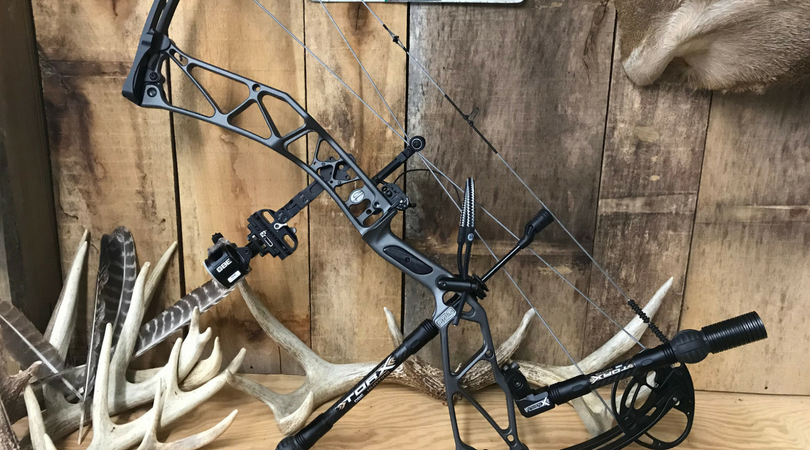
The time after tournament season is not just utilized for my hunting set up. This is a perfect time of year to do bow maintenance, set goals for the next season, and put in the work needed to be successful.
By the end of target season, I have bows that I am confident in and that I have shooting to my expectations. Some years, bow companies come out with new target/3-D bows and there can be a learning curve to figure out what makes them tick and what needs to be done to make them a confident shooting machine. To be on the safe side, I will take measurements on my bows to get as detailed as can be on what works for that particular set up. Some things to measure are:
- Axle to axle length
- Brace height
- D-loop length
- D-loop position, in relation to the berger button hole
- Distance from D-loop to center of the peep sight
- Size of peep sight aperture
- Mark the cams to reference the rotation
- Poundage
- Holding weight
- Type of string/cable material and the number of strands in each
- Stabilizer set ups including length of bars and the amount of weight on each bar
- Actual draw length on a draw board
- Center shot of the arrow rest
- All of the details on the arrow used (like length, point weight, fletching length, over all weight of the arrow and Feet per second)
You can be as extreme as you want to get every measurement that you can to reproduce that set up if needed. Once I have a detailed list of notes, I can use those measurements on a new model of bow as a starting point. It’s not unusual for me to hang a bow up, just like I finished the current season with, just in case it takes time to build the confidence in a new set up.
One thing I try to do each fall is put new strings and cables on my target set ups. I mentioned marking the cams, previously; when I change strings and cables, I do one or the other. Meaning, I just change the string first and then shoot it for a while to make sure that I have it exactly back on my marks. Once I am satisfied with the string, I will replace the cables. Changing them all at once can let me get back to my marks but my axle to axle and brace height could be off. Doing the string and the cables at separate times increases my odds of getting it perfect and back to the exact measurements I have taken.
This is also a great time to experiment and tinker with your equipment. Let’s face it, we are always looking for a way to hit one more bonus ring or X-ring. Taking those good notes and measurements can now allow me to make adjustment in draw length, raise or lower my peep height, adjust the speed of my releases, play with weights on stabilizers, try different size apertures and clarifier in peep sights, mess with holding weight and do just about whatever I want, knowing that I can get back to the exact set up that was working and giving me confidence.
“Time flies as you get older.” I have heard that a million times - and it is true! Hunting season is just a few weeks away and target season will be here before you know it. Utilize this time to be a better archer and a better bowhunter. Best of luck!

.png)

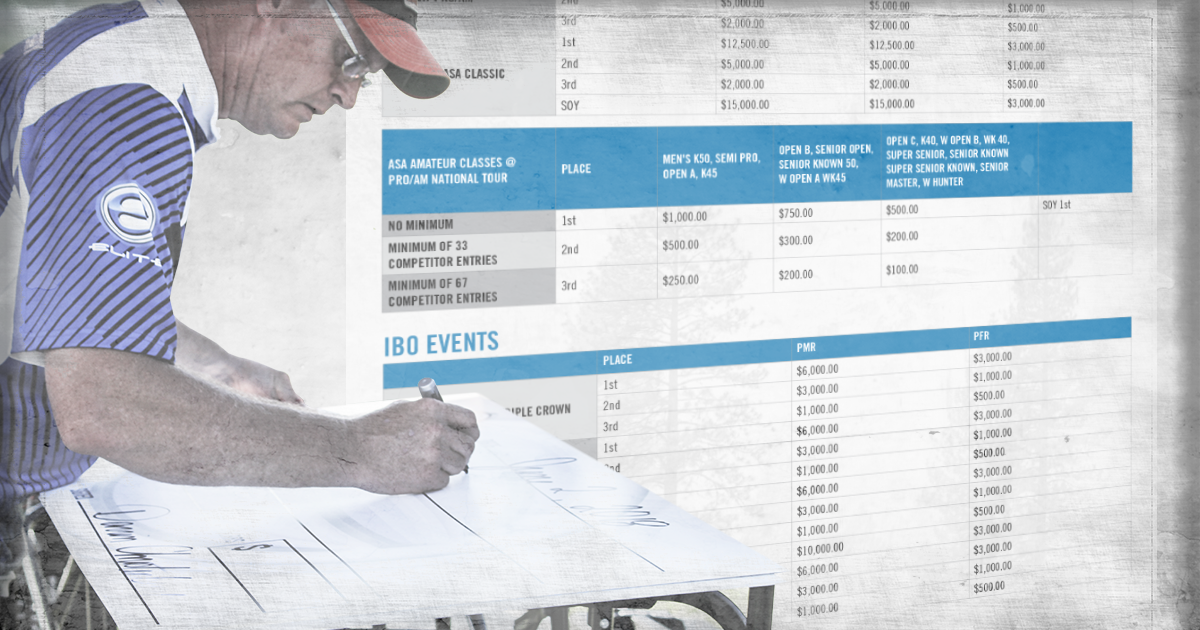
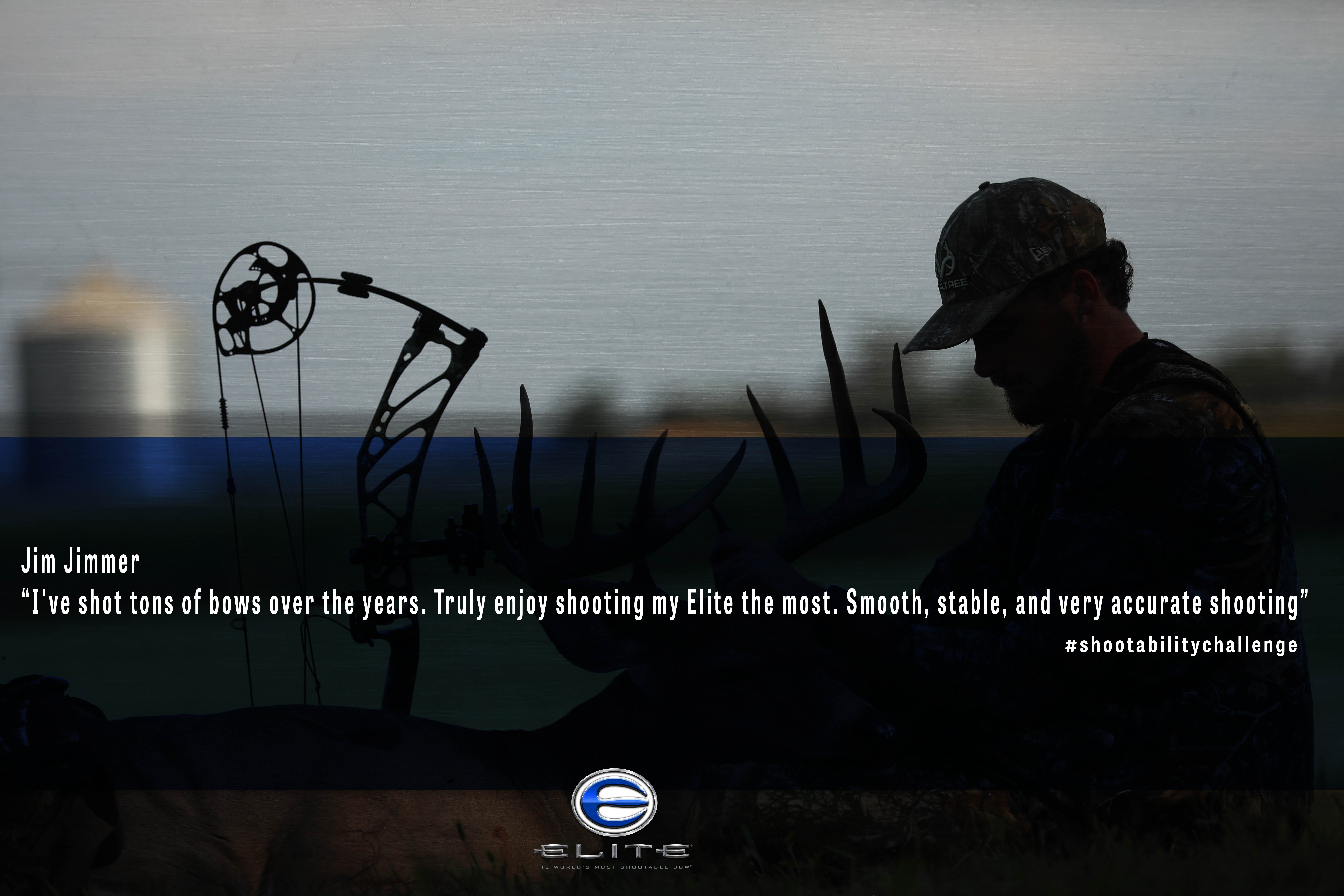

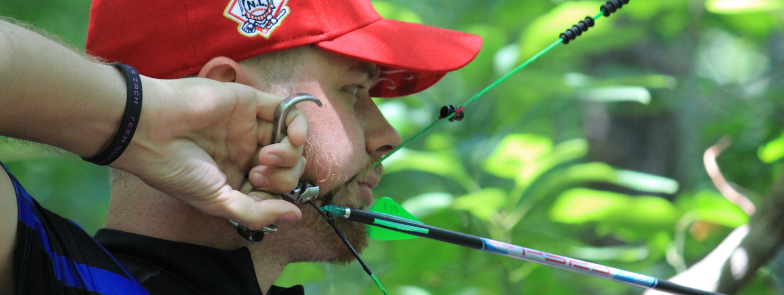
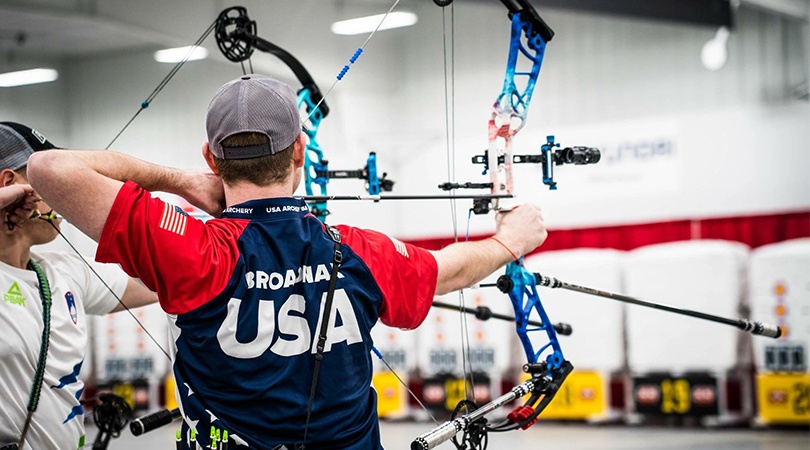
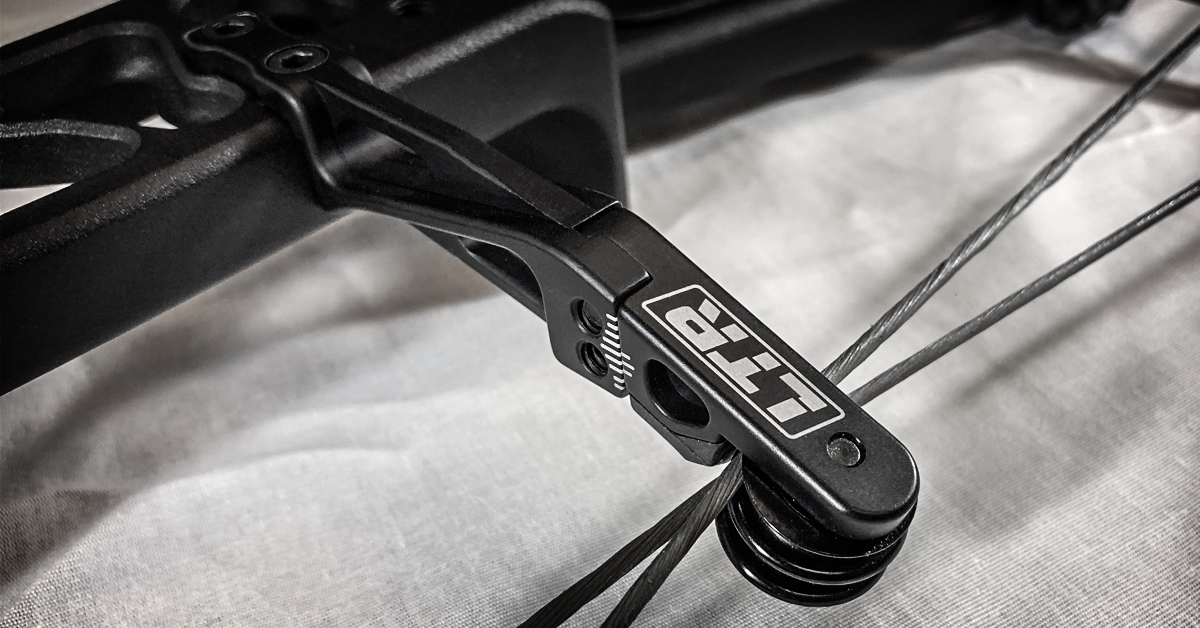

.png)
